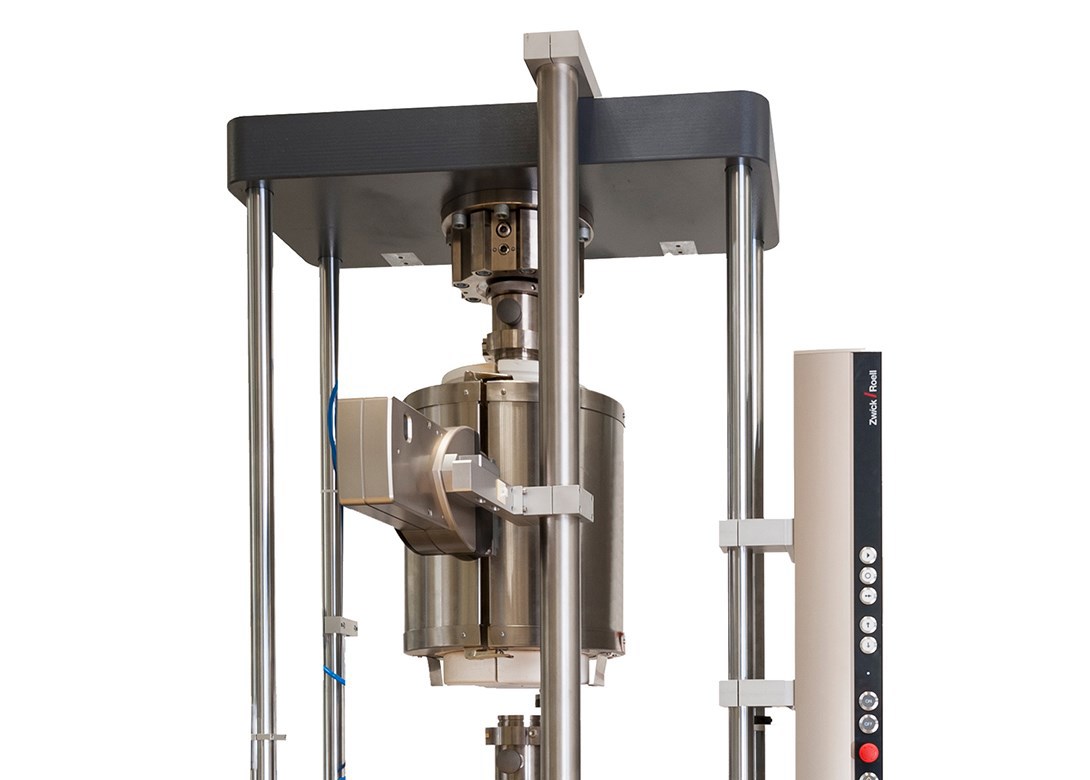
Some aircraft components are made of high strength steels, which are susceptible to hydrogen embrittlement, a phenomenon by which hydrogen atoms diffuse into the microstructure of a metal and cause it to become more brittle – resulting in sudden and unpredictable fracture. In order to guarantee the required performance, the aircraft industry relies on creep testing machines to characterise material properties.
ZwickRoell supplies multipurpose creep testing machines covering both basic and advanced creep applications, enabling hydrogen embrittlement tests in accordance with ASTM F519 and F1624. Depending on the customer’s additional requirements, electromechanically loaded, dead weight or spring loaded creep machines are the most popular systems for these types of test.
A creep test measures the progressive rate of deformation of a given material at high temperatures. It is performed by subjecting a tensile specimen to a constant load at a fixed temperature and recording the corresponding amount of strain. Creep increases with temperature and is more common when a material is exposed to high temperatures for a long time or at the melting point of the material.
Structural components and fasteners manufactured from high strength steels have to withstand high temperatures and high stresses in airframes, aircraft engines and helicopters. If the load is high enough, a brittle fracture due to induced hydrogen can occur – without any recognisable indications of the imminent failure. Reliable testing of these aircraft parts for eventual use in planes and helicopters is essential in order to eliminate this potential safety risk.
Creep machines are important to see how much strain an object can handle under pressure, so engineers and researchers are able to determine what materials to use to suit challenging environments. The creep machine generates a creep time dependent curve by calculating the steady rate of creep in reference to the time it takes for the material to change. Creep tests can be conducted under either a constant load or constant stress but for experimental convenience, most creep tests on engineering steels are conducted under a constant tensile load and at a constant temperature.

Having spent a decade in the fastener industry experiencing every facet – from steel mills, fastener manufacturers, wholesalers, distributors, as well as machinery builders and plating + coating companies, Claire has developed an in-depth knowledge of all things fasteners.
Alongside visiting numerous companies, exhibitions and conferences around the world, Claire has also interviewed high profile figures – focusing on key topics impacting the sector and making sure readers stay up to date with the latest developments within the industry.
Don't have an account? Sign Up
Signing up to Fastener + Fixing Magazine enables you to manage your account details.